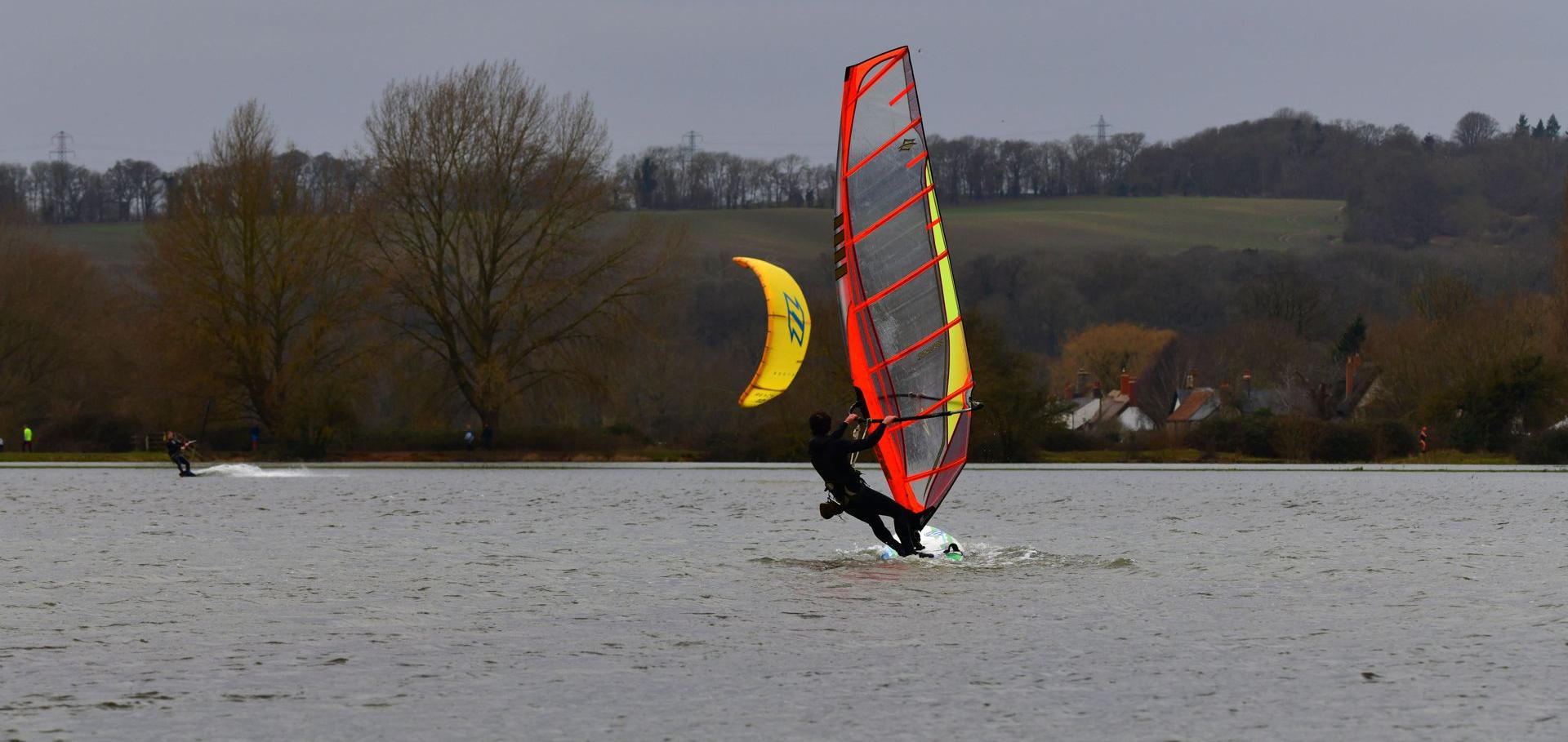Steps and bumps: Precision extraction of discrete states of molecular machines
Biophysical Journal 101:2 (2011) 477-485
Abstract:
We report statistical time-series analysis tools providing improvements in the rapid, precision extraction of discrete state dynamics from time traces of experimental observations of molecular machines. By building physical knowledge and statistical innovations into analysis tools, we provide techniques for estimating discrete state transitions buried in highly correlated molecular noise. We demonstrate the effectiveness of our approach on simulated and real examples of steplike rotation of the bacterial flagellar motor and the F1-ATPase enzyme. We show that our method can clearly identify molecular steps, periodicities and cascaded processes that are too weak for existing algorithms to detect, and can do so much faster than existing algorithms. Our techniques represent a step in the direction toward automated analysis of high-sample-rate, molecular-machine dynamics. Modular, open-source software that implements these techniques is provided. © 2011 Biophysical Society.Steps and bumps: precision extraction of discrete states of molecular machines.
Biophys J 101:2 (2011) 477-485
Abstract:
We report statistical time-series analysis tools providing improvements in the rapid, precision extraction of discrete state dynamics from time traces of experimental observations of molecular machines. By building physical knowledge and statistical innovations into analysis tools, we provide techniques for estimating discrete state transitions buried in highly correlated molecular noise. We demonstrate the effectiveness of our approach on simulated and real examples of steplike rotation of the bacterial flagellar motor and the F1-ATPase enzyme. We show that our method can clearly identify molecular steps, periodicities and cascaded processes that are too weak for existing algorithms to detect, and can do so much faster than existing algorithms. Our techniques represent a step in the direction toward automated analysis of high-sample-rate, molecular-machine dynamics. Modular, open-source software that implements these techniques is provided.Two methods of temperature control for single-molecule measurements.
Eur Biophys J 40:5 (2011) 651-660
Abstract:
Modern single-molecule biophysical experiments require high numerical aperture oil-immersion objectives in close contact with the sample. We introduce two methods of high numerical aperture temperature control which can be implemented on any microscope: objective temperature control using a ring-shaped Peltier device, and stage temperature control using a fluid flow cooling chip in close thermal contact with the sample. We demonstrate the efficacy of each system by showing the change in speed with temperature of two molecular motors, the bacterial flagellar motor and skeletal muscle myosin.Myxobacteria gliding motility requires cytoskeleton rotation powered by proton motive force
Proceedings of the National Academy of Sciences of the United States of America 108:6 (2011) 2498-2503
Abstract:
Myxococcus xanthus is a Gram-negative bacterium that glides over surfaces without the aid of flagella. Two motility systems are used for locomotion: social-motility, powered by the retraction of type IV pili, and adventurous (A)-motility, powered by unknown mechanism(s). We have shown that AgmU, an A-motility protein, is part of a multiprotein complex that spans the inner membrane and periplasm of M. xanthus. In this paper, we present evidence that periplasmic AgmU decorates a looped continuous helix that rotates clockwise as cells glide forward, reversing its rotation when cells reverse polarity. Inhibitor studies showed that the AgmU helix rotation is driven by proton motive force (PMF) and depends on actin-like MreB cytoskeletal filaments. The AgmU motility complex was found to interact with MotAB homologs. Our data are consistent with a mechanochemical model in which PMF-driven motors, similar to bacterial flagella stator complexes, run along an endless looped helical track, driving rotation of the track; deformation of the cell surface by the AgmU-associated proteins creates pressure waves in the slime, pushing cells forward.1K1512 Biotinylation of the Flagellar Hook in E. coil(Cell biology 1,The 49th Annual Meeting of the Biophysical Society of Japan)
Seibutsu Butsuri Biophysical Society of Japan 51:supplement (2011) s58


